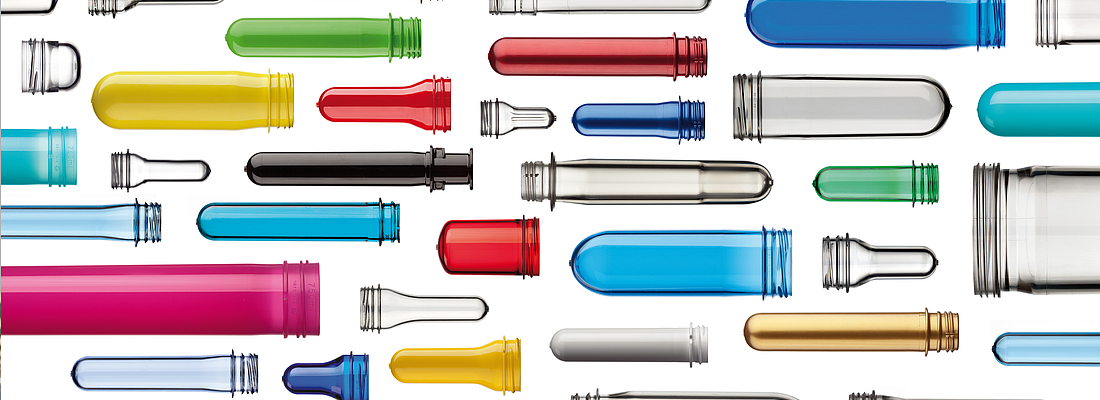New technologies from SIPA will make massive differences to the amount of PET it takes to make a bottle. Lightweighting is good for your pocket, and good for the environment too. Less material consumed, less energy used, less waste generated. In the end, that makes for a more sustainable production, and a more sustainable society.
Until today, an ultra lightweight 500-ml mineral water bottle weighed above 8 grams. Trying to make it any lighter, without encountering problems in injection molding the preform or stretch-blow molding the bottle itself, or suffering a significant fall-off in properties, was a major challenge.
SIPA has accepted the challenge. It is now in a position to offer its customers a new solution that will enable them to improve the sustainability of their packaging. This is a solution that can be applied to SIPA injection molds as well to non-SIPA molds—new ones and existing ones—a clear demonstration of the importance attached by SIPA to its customers’ sustainable development.
To make a lightweight PET bottle, you need to make its walls thinner, and to make the bottle walls thinner, you need to either make the preform walls thinner or make the preform shorter. Either way, this is where most people run into a brick wall. Major issues with filling the preform cavity occur when the ratio of preform length to wall thickness (L/t) is much greater than 50. Normally, the only way to get around this hurdle is to increase injection pressure. That most likely means a higher clamp force is required to prevent leakage, and that raises the risk of premature mold wear and increased maintenance requirement. SIPA aims for around 8 million cycles between refurbishments on its molds, which is a lot higher than the industry norm of 5 million cycles, and it intends to keep that record.
So to cut weight further, the most obvious option it to reduce the length of the preform. But that introduces issues in the stretch-blow process: reheating is more problematic, more energy is needed, whitening due to crystallization in the base of the bottle becomes more likely. It is difficult to blow good bottles when the total stretch ratio is higher than 15.
So SIPA has gone back to the drawing board, and the first result is a new injection mold technology called X-Mould.
This new technology enables processors to fill thinner wall sections, so designers can create preforms that are longer or wider, and with more suitable stretch ratios. For example, it is now possible to design a 500-mL bottle preform weighing as little as 7.2 g that presents no production issues, either in injection or in stretch-blow with existing legacy equipment.
In fact, with the X-Mould technology, it is possible to create preforms with L/t ratios of close to 60, with a similar injection pressure of 45 L/t ratio. This means that the stretch ratio on the 7.2 g bottle is between 10.5 and 13.6, depending on the design of the final bottle. Plus, the performance of the bottle, on the filling line and in use, meets all relevant requirements.
With its new technology and preform designs, SIPA has been able to balance all critical requirements in preform injection and stretch-blowing. It has made possible the production of preforms that are extremely light, and which can be molded and blown highly cost-effectively—all while maintaining the high mechanical performance required in today’s PET bottles. The new preform designs save on material and energy, so carbon footprints along the production and supply chain are smaller than ever.
Because it wants these advances to be used by as many of its customers as possible, SIPA has ensured that injection molding of the new preform designs can be carried out, not only on its latest XFORM equipment, but also on most existing preform injection molding machines, regardless of their brand. Similarly, the preforms can be blown on SIPA linear and rotary stretch-blow lines, as well as lines from other suppliers.
“SIPA has the capability to provide solutions that range from the PET pellet to pallets of filled and packaged containers,” says Laurent Sigler, Innovation Director . “With X-Mould technology, what you get is more pallets for less pellets.”
In the following article, we introduce a true revolution in preform design and production. With breakthrough technology, SIPA is about to redefine the boundaries of PET packaging completely.




